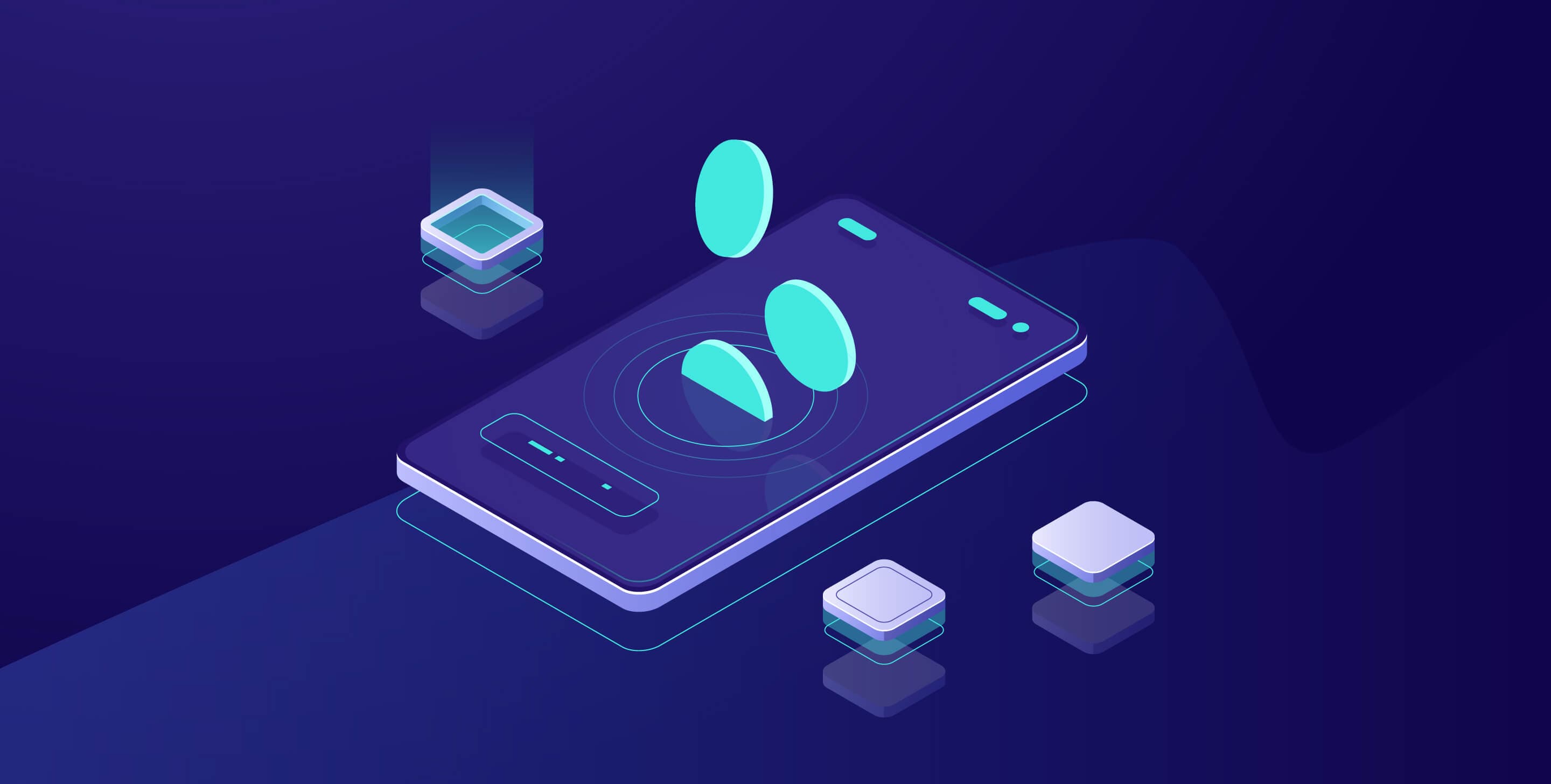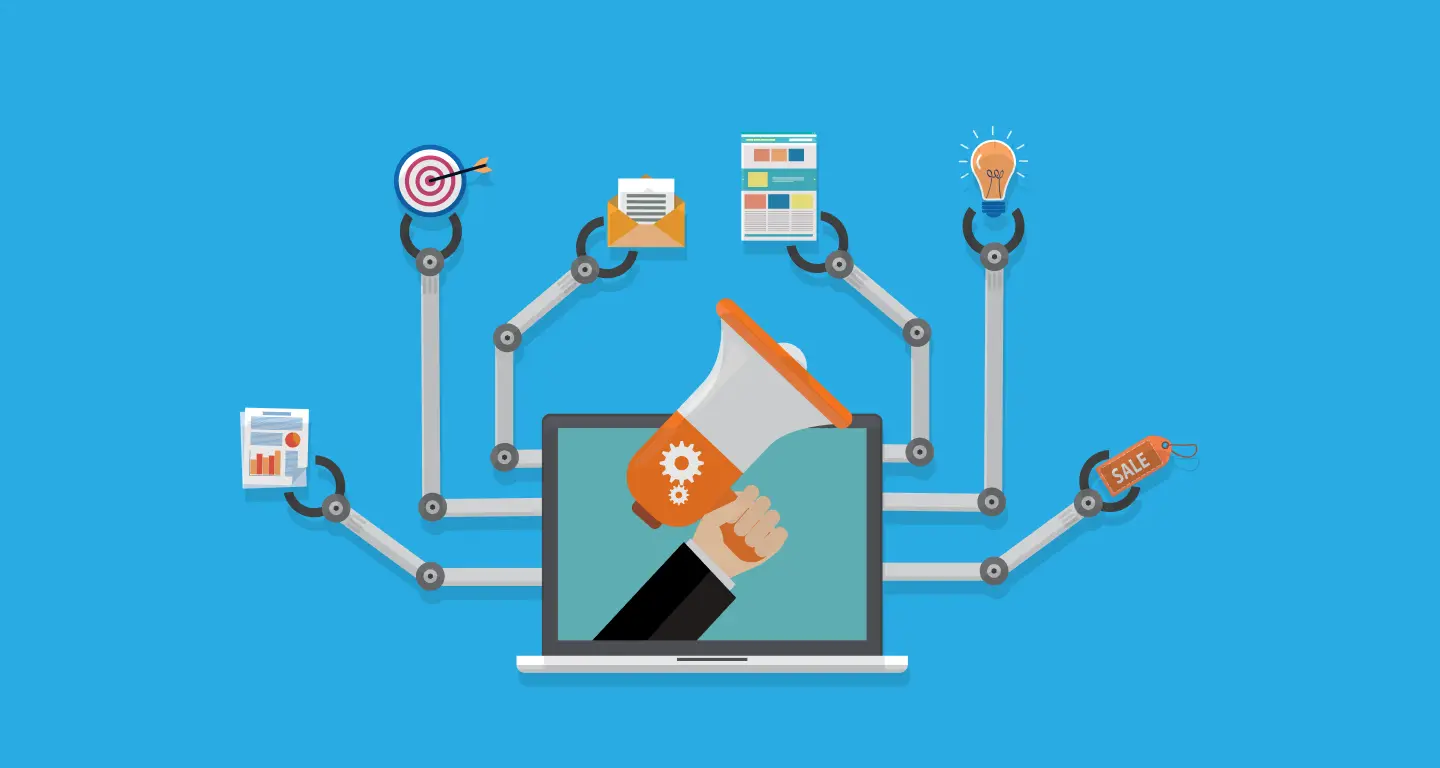Have you ever wondered why some emails grab your attention while others are in the trash? The answer often lies in personalization. Email marketing remains a powerful tool for reaching both B2B and B2C audiences. The key to success is making your emails feel personal and relevant. These days, recipients expect more than just generic messages; they want content that speaks directly to them. Personalized emails achieve an impressive open rate of 29% and an outstanding click-through rate of 41%. This means that taking the time to tailor your messages can significantly boost engagement and conversions.
Whether you’re reaching out to businesses or individual consumers, the principles of effective email personalization remain the same. By implementing a few straightforward strategies, you can transform your email campaigns into powerful tools that capture attention and drive meaningful interactions.
Here are six effective ways to personalize your emails for different audiences, ensuring your messages resonate and deliver results.
1. Use The Recipient’s Name
Using the recipient’s name in your emails is a simple yet powerful personalization tactic. People love seeing their name; it grabs their attention and makes the message feel more personal.
- Subject Line: Incorporate the recipient’s name in the subject line to increase open rates and make the email feel directly relevant to them.
- Greeting: Start your email with a personalized greeting like “Hi [Name],” which helps to create an immediate connection and sets a friendly tone.
- Throughout the Email: Mention their name a few times in the body of the email to keep it engaging and personal, reinforcing that the message is meant for them.
- Closing: End the email with a friendly sign-off using their name, like “Best regards, [Your Name].” This small touch makes your sign-off feel warmer.
- P.S. Line: Add a personalized postscript, such as “P.S. [Name], did you see our latest update?” This can pique their interest and prompt further action.
2. Segment Your Audience
Segmenting your audience allows you to send more relevant content to different groups. This is crucial for both B2B and B2C communications. Using services from business email marketing list providers can help you target the right audience more efficiently.
- Demographics: Segment based on age, location, gender, and other demographic factors to tailor your messaging to each specific group more effectively.
- Behavioral Data: Use purchase history, website activity, and past interactions to tailor your messages and ensure that they are relevant and engaging.
- Interests: Group recipients by their interests to send targeted content that speaks directly to their preferences and needs, making the email more appealing.
- Engagement Levels: Segment by engagement, such as active vs. inactive subscribers, to craft messages that re-engage inactive users or reward loyal ones.
- Sales Funnel Stage: Customize emails for different stages of the buyer’s journey, providing the right information to move them closer to a purchase decision.
3. Customize Content Based On Past Interactions
Using data from past interactions to customize your email content can significantly enhance personalization. This shows recipients that you understand their needs and preferences.
- Purchase History: Suggest products or services based on what they’ve bought before, making the recommendations more relevant and increasing the likelihood of repeat purchases.
- Browsing Behavior: If they’ve spent time on a specific page of your website, mention it in your email. This shows you’re paying attention and can offer related content.
- Previous Emails: Reference past emails to create a seamless experience, reminding them of their history with your brand and maintaining continuity in your communications.
- Feedback: Incorporate their feedback or responses into your email content, demonstrating that you value their input and are responsive to their needs.
- Webinar Attendance: Mention webinars or events they’ve attended previously to keep the conversation relevant and encourage participation in future events.
4. Include Relevant Recommendations
Personalized recommendations can drive engagement and conversions. Whether it’s products, services, or content, recommending something relevant makes your email more valuable to the recipient.
- Product Recommendations: Suggest products similar to what they’ve purchased or browsed, making it easier for them to discover items they are likely to be interested in.
- Content Suggestions: Share articles, blogs, or videos that align with their interests. Providing useful and relevant content can position you as a trusted resource.
- Event Invitations: Invite them to events that match their profile and past behavior, increasing the likelihood of attendance and participation.
- Special Offers: Provide exclusive deals or discounts based on their purchase history, rewarding their loyalty and encouraging future purchases.
- Upselling and Cross-selling: Recommend complementary products or services, helping them get more value and enhancing their overall experience with your brand.
- Personalized Surveys: Send surveys that are relevant to their interests or past interactions. This can provide valuable feedback and make the recipient feel heard and valued.
- Wishlist Reminders: If they have items in their wishlist or cart, send gentle reminders. This can prompt them to complete their purchase or explore related products.
5. Use Dynamic Content
Dynamic content allows you to change parts of your email based on the recipient’s data. This can make your emails feel highly personalized without needing to create multiple versions.
- Personalized Images: Use images that change based on the recipient’s location or preferences. This can make the email visually appealing and more relevant.
- Tailored Offers: Display different offers depending on the recipient’s profile. Personalized offers can increase the likelihood of conversion and customer satisfaction.
- Relevant Content Blocks: Show or hide sections of your email based on the recipient’s interests, ensuring that they only see content that matters to them.
- Real-Time Updates: Include real-time updates, such as local weather or event information, in your emails. This can make them more engaging and timely.
- Interactive Elements: Use interactive elements that change based on user interaction, creating a more engaging and personalized experience for the recipient.
6. Personalize Send Times
Choosing the right time to send your emails can greatly impact their success. Different audiences have different habits, and timing your emails accordingly can make a big difference.
- Time Zones: Consider the recipient’s time zone when scheduling your email. Sending at a convenient time for them increases the chances of your email being read.
- Optimal Times: Use data to determine the best times to send emails based on your audience’s behavior. This might vary for B2B and B2C recipients.
- Behavior Analysis: Track and analyze when recipients are most likely to open emails and engage with content, then adjust your send times accordingly.
- Test and Learn: Experiment with different send times and days to see what works best for your audience, and continuously refine your strategy based on the results.
- Seasonal Timing: Be mindful of holidays, weekends, and industry-specific events that might influence when your audience is most receptive to emails.
- Audience Segmentation: Divide your email list into different segments based on demographics, interests, or past behaviors. Each segment might have different optimal send times, and tailoring your schedule accordingly can improve engagement.
- Event Triggers: Send emails triggered by specific actions or events, such as a recent purchase or a subscription anniversary. These timely emails are often more relevant and engaging for the recipient.
Final Thoughts
Personalizing your emails doesn’t have to be complex. By using the recipient’s name, segmenting your audience, customizing content based on past interactions, including relevant recommendations, and using dynamic content, you can create engaging and effective emails for both B2B and B2C audiences. Remember, the goal is to make your recipients feel valued and understood. So, take the time to personalize your emails and watch your engagement and conversions soar.






